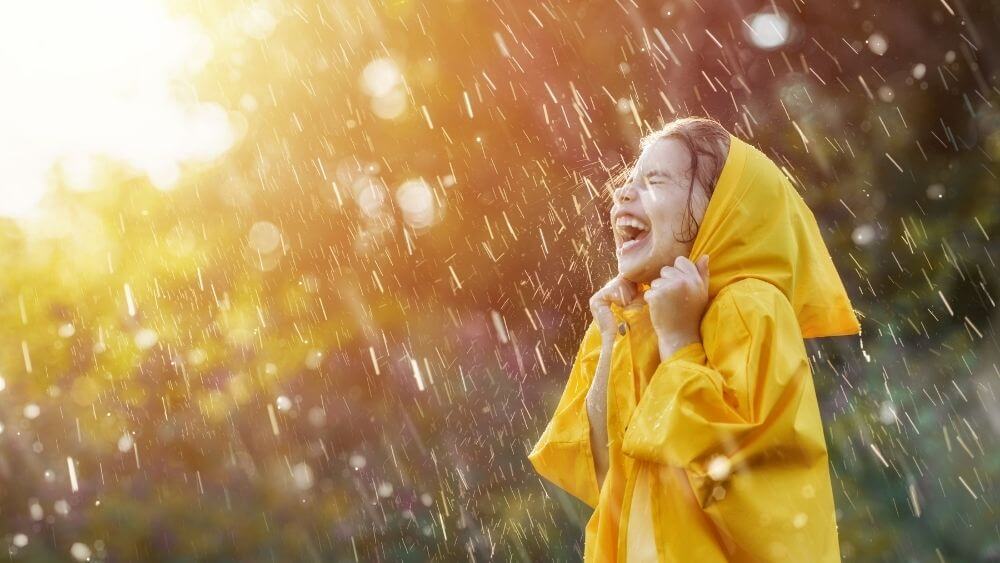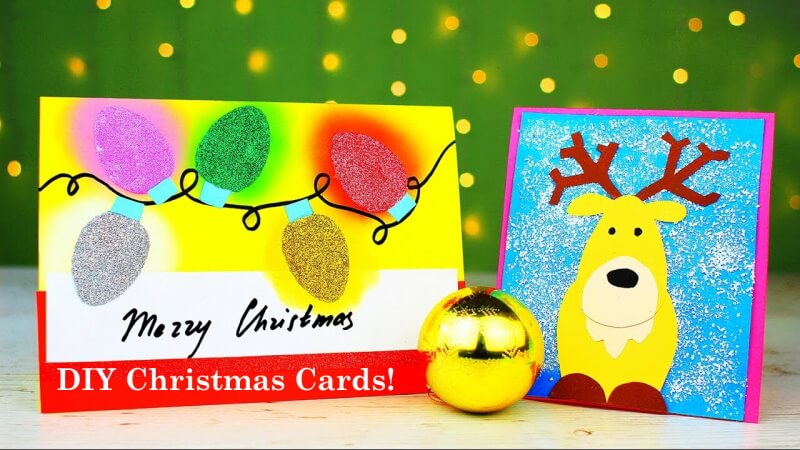Why does it rain?

Seldom can anyone vouch that the summer season makes them happy. It is always the rains that people look forward to since it feels like a breath of fresh air that rejuvenates us after the tiring and scorching summer heat.
But, at the very base of it, why do rains occur? Lets try to find out.
Contents
Understanding The Water Cycle
Water Cycle is a process that most of us know from our early school days. Simply put, it is a natural phenomenon that regularly takes place in our atmosphere. Hot air rises from the water bodies and go upwards towards the sky. When the water vapour reaches the surface of the sky, it condenses due to the cold temperature at a higher altitude and forms droplets of water.
Gradually when these droplets gather, they grow bigger and bigger in size and become heavy enough to form clouds. After a certain point, the clouds can no longer hold the weight of the heavy water droplets and these eventually fall on the surface of the earth as rain. Therefore, the water is essentially returned back to the earth.
The Rain
Through the rain cycle, there are four specific steps that result in rainfall:
Rising Water
The omni-present Sun heats the water of the seas and other water bodies, turning the water into invisible water vapour, which rises into the air because of its warm temperature. As this warm vapour rises and comes in contact with the cold temperature at higher altitudes, it cools down and forms millions of tiny water droplets, which thereafter form clouds.
Drifting Clouds
Winds blow these clouds over the land. When the clouds drift towards cooler air, these tiny water droplets start to coagulate and join together to form larger, heavier raindrops.
Falling Rain
This is one of the most interesting and important steps of the water cycle. When the water droplets become too large and heavy, they fall back down on the earth as rain. Interestingly enough, in mountainous regions, the cold air above the high mountains often freezes this rain water even before they begin to fall down; these water droplets no longer stay in the liquid state and then fall as hail or snow.
Flowing Rivers
The rain water after reaching the surface of land begins to flow as streams and rivers, which flow downhill to even lower ground levels. Some rivers empty into lakes, while some others carry the water back to the sea, where it initiates the water cycle all over again.
Fun Facts
- Raindrops fall at a speed of 5–22 mph (8–35 kmph).
- Mawsynram in the state of Meghalaya in India holds the title for being the wettest place in the world. It receives an astonishing amount of 11,971mm of rainfall every year.
Related questions
- Why do desert areas have so little rainfall?
- How are rain droplets formed?
- Describe the water cycle in detail.
Fill in the Blanks
- __________ is the phenomenon behind rainfall.
- Hot air from water bodies rise _______.
- The formation of clouds takes place when the water droplets become _______.
- ________ air can often freeze the raindrops.
- After the rainfall, some amount of the water gets absorbed in the __________.
True Or False
- Global warming causes rainfall: _________
- Deserts receive scanty rainfall: _________
- London is the wettest place in the world: _______
- The heat from the sun causes the water bodies to release water vapours: _______
- Snow and hail only occurs in coastal areas: _________






Responses